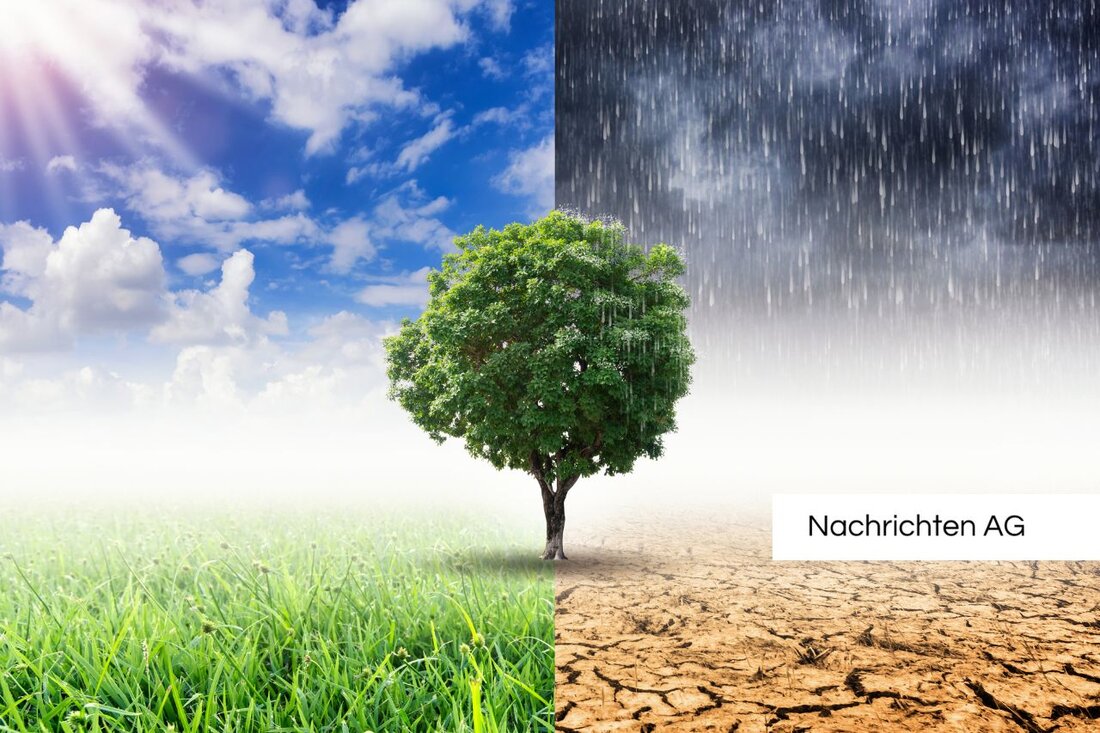Energy cooperatives: How to save locally with electricity costs!

Energy cooperatives: How to save locally with electricity costs!
Graz-Umgebung, Österreich - increasing energy costs and climate change make it necessary for us to consider new solutions for energy supply. A promising path are the energy cooperatives, where electricity consumers and producers can actively help shape. These innovative formats bundle the potential of regional electricity producers, mostly operators of photovoltaic systems, and consumers who live nearby. In this way, all members can benefit from cheaper electricity and at the same time boost regional added value. These initiatives have gained relevance in particular since the change in the law of 2021, which enables electricity consumers and producers to merge in the same network area of a substation.
How does that work? Within a regional distribution network, electricity can be produced, saved, consumed and sold, which brings many advantages for the members. According to the [Kleine Zeitung] (https://www.kleinezeitung.at/advertorials/sponsored/19678181/mit- Regional-Strom-Energie-Energie-Energie-Energie-Sparing-Sso-functioning), households and companies not only save on an energy cooperative in electricity costs, but also benefit from the independence from the fluctuating market prices. The advantages are enormous: consumers are eliminated the electricity tax and the renewable subsidy for the related electricity, which results in a total of around five cents per kilowatt hour. In addition, the proportion of network fees is reduced, very specifically by 28 % in electricity that is transported within the distribution network.
use financial incentives
The expenses of everyday life increase and the energy cooperatives are even more important to the energy cooperatives. From July 1, 2022, there is even an extended elimination of the renewable subsidy contribution for electricity from all renewable sources, which was previously only true for photovoltaics. Another step that goes to the Energy Community is the reduction of the system usage fees. Depending on the type of community formation, the network charges can be reduced by up to 64 %, which is particularly advantageous for local and regional energy communities.
The active participation of the residents in these energy projects results in a direct connection between production and consumption, which not only brings financial advantages, but also makes an important contribution to the energy transition. The social and ecological component cannot be neglected: people are sensitized to the topic of energy, the awareness of climate change is strengthened and the CO2 footprint is significantly reduced.
regional opportunities
These developments primarily offer rural and structurally weak regions new perspectives. The expansion of wind turbines and photovoltaic systems can bring additional income for municipal cash registers, which in turn can be invested in general interest and infrastructure. As presented in various studies by the [Berlin Institute] (https://www.berlin-institut.org/was-wir-tun/projung-regional-regional-wertschoeplag- through-erneuerbare-energ), regional energy projects can strengthen the communities and promote a feeling of cohesion.
At this point it becomes clear that the joint efforts of electricity producers, consumers and politics are crucial in order to optimally use the opportunities of the energy transition. The chances are even good that the expansion of renewable energies not only minimizes CO2 emissions, but also receives and promotes regional added value. With 37 existing energy communities in Carinthia, Austria can be considered a pioneer in the energy cooperative movement and thus not only offers economic, but also social and ecological advantages for its citizens.
| Details | |
|---|---|
| Ort | Graz-Umgebung, Österreich |
| Quellen | |
